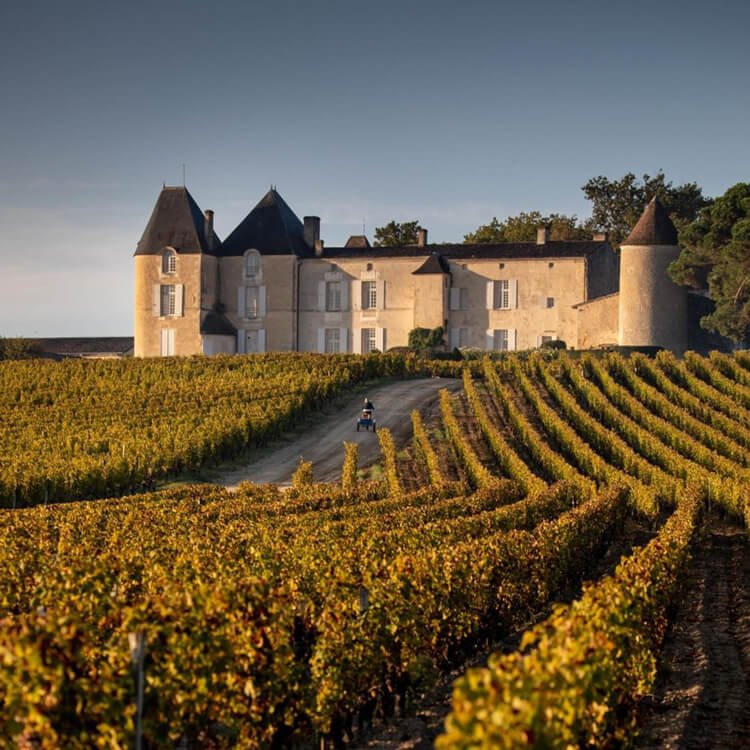▻ Sauternes with Jane Anson
In conversation with Jane Anson
Episode Summary:-
In the 19th Century, and right up to the 1930s, Sauternes was the most sought-after wine in the world, beloved of tsars and kings; today its fortunes are in decline. In our 10 Minute Masterclass, , Jane Anson looks at this famous appellation, and both Sarah Kemp and Jane agree it needs more talking about, and more appreciation. Famously difficult to make, Jane declares, “It’s drunk by hedonists and made by masochists.”
It is situated 45km to the south of the city of Bordeaux, and is spread over five communes: Sauternes, Barsac, Bommes, Fargues and Preignac. The size of the appellation has declined due to the lack of demand – today it amounts to 1,557 hectares in Sauternes and 660 in Barsac, and it makes up two-thirds of the sweet wines of Bordeaux. There are 132 producers, the most famous being Château d’Yqeum, owned by LVMH, which also owns Château Cheval Blanc. Other well-known names include Châteaux Rieussec, Suduiraut, Coutet, Climens, Lafauruie-Peyraguey, Guiraud, and de Fargues. The land price in Sauternes (excluding, of course, Ch d’Yquem) is around €30,000 per hectare (Saint-Emilion is €3 million per hectare).
Jane explains the nuances of taste of the best Sauternes: “They have balance, they start sweet and finish dry, because they have balanced acidity and a ton of aromatics.” What’s unusual about Sauternes, she notes, is that it harnesses a special type of mould that forms on the grapes in the right hot and damp conditions. The yields are tiny compared to normal red and white wines (some years, none is able to be made), and all picking has to be done by hand. “It is the ultimate artisan wine,” Jane declares.
The main grape varieties are Semillon, Sauvignon Blanc or Gris and Muscadelle. The terroir in Sauternes is mainly sandy gravel, whereas in Barsac you find limestone. Jane recommends looking out for upcoming producers Domaine de L’Alliance and La Clotte Cazalis. There is also a trend to producing dry wine styles, often with 100% Semillon, such as Asphodele de Climens, Sémillante de Sigalas-Rabaud and Opalie de Coutet.
The region is becoming a destination for wine tourists, with excellent restaurants and some new hotel projects. Lafaurie-Peyraguey has a two-star Michelin restaurant and hotel and Guiraud also has an excellent restaurant and plans for a hotel. Jane’s obscure fact? Sauternes barrels have begun to be highly prized by whisky and other spirit producers. This year an official certified Sauternes Cask has been launched. To qualify for the certification, the barrel must be sourced from within the AOC Sauternes and Barsac, must have belonged to a winemaker from the appellation, and must have contained Sauternes or Barsac wine for at least six months.
Running Order:-
-
0.00 – 5.48
“These wines, in the 19th Century, up to the 1930s, were the most sought-after wines in the world.”
– Where Sauternes is located.
– The size of the appellation and number of producers.
– Most famous names.
– Cost of land.
– What it tastes like. -
5.49 – 10.48
“It’s drunk by hedonists, and made by masochists.”
– What’s unusual about Sauternes.
– How it is made.
– Main grape varieties.
– Its terroir.
– Upcoming producers.
– Jane’s obscure fact.
RELATED POSTS
Keep up with our adventures in wine







Discover Beaune with Jasper Morris MW in our latest 10-Minute Masterclass.